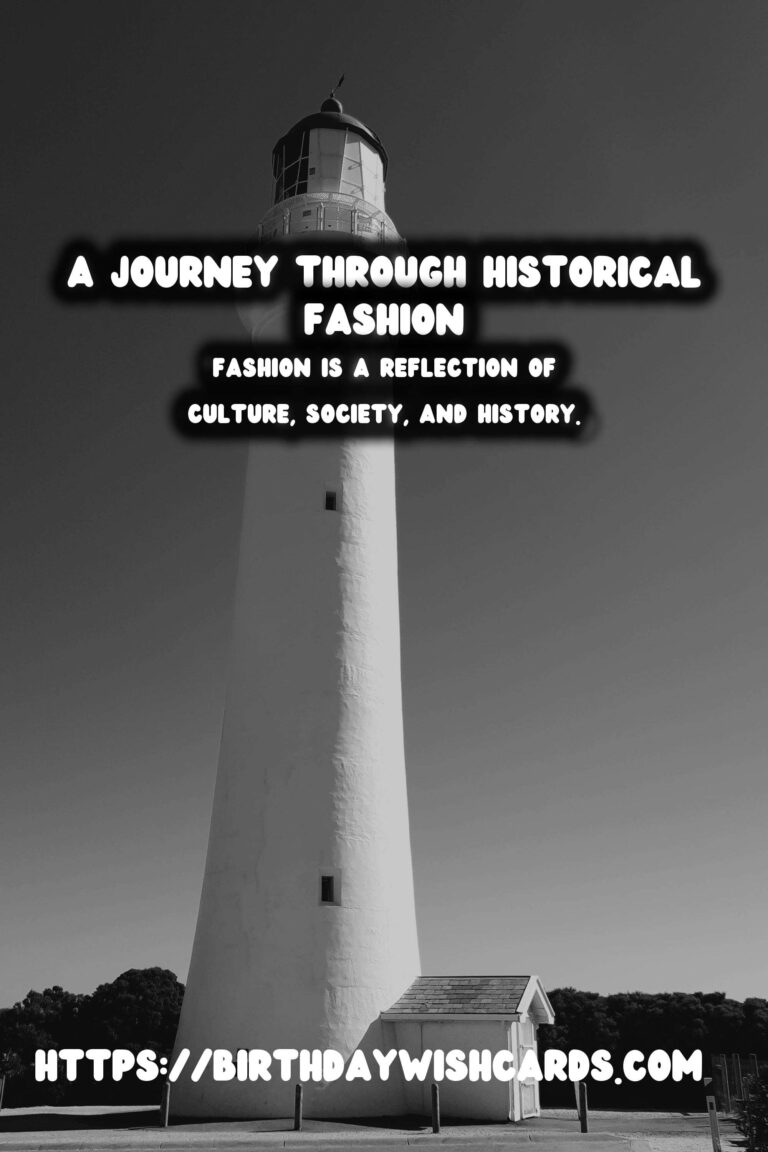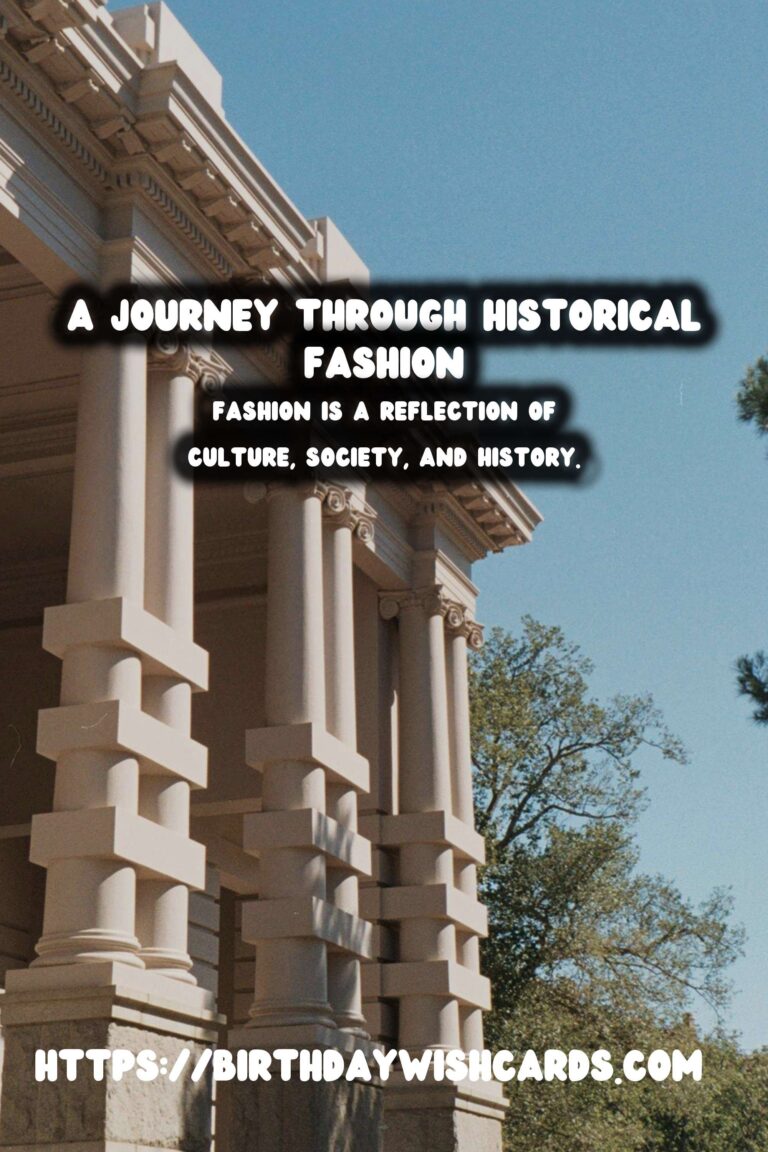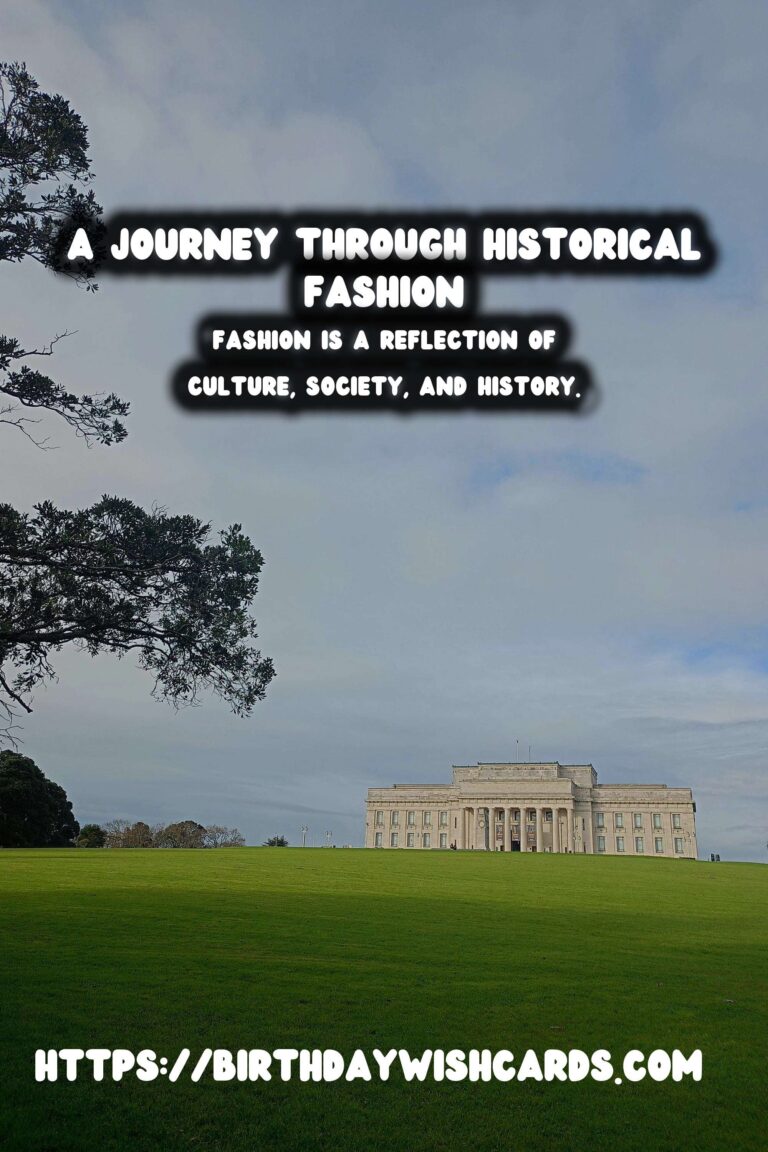
Fashion is a reflection of culture, society, and history. Over centuries, fashion has transformed from functional attire to a form of artistic expression and identity. In this comprehensive exploration, we delve into the intriguing evolution of fashion from the draped garments of ancient civilizations to the dynamic styles of the 21st century.
The Ancient World: A Foundation of Style
Fashion in ancient civilizations was as much about status and power as it was about practicality. In Ancient Egypt, ivory, gold, and elaborate beadwork adorned linen robes, creating a distinctive style emblematic of their society. Similarly, the Greeks and Romans pioneered the art of drapery, where togas and chitons were the garments of choice, showcasing wealth and sophistication.
These early styles were marked by their simplicity yet carried an air of elegance and finesse.
The Middle Ages: Transition to Structured Garments
With the fall of the Roman Empire, fashion in Europe saw a significant transformation. The Middle Ages introduced more structured and layered clothing. Tailoring became more intricate with tightly-fitted tunics and surcoats. Cloth production saw new advancements, including the introduction of embellishments such as embroidery and lace.
The Renaissance: Rebirth of Art and Fashion
The Renaissance, a period of great cultural rebirth, significantly impacted fashion. Clothing became a medium for artistic expression as sumptuous fabrics, like silk and velvet, were lavishly used. Royals donned intricately detailed garments, while vibrant colors and elaborate designs became popular among the nobility, signifying wealth and influence.
Baroque and Rococo: A Period of Opulence
During the Baroque and Rococo eras, the pursuit of opulence reached new heights. Fashion was characterized by its extravagance, with voluminous skirts, lace, and gilded decorations. The court of Louis XIV of France set trends with its elaborate fashion, as excessive styles and grandeur became synonymous with power.
The 19th Century: Revolutions and Innovations
The 19th century was a pivotal time for fashion, marked by numerous revolutions and innovations. The Industrial Revolution facilitated mass production, making clothing more accessible. The century also saw the rise of the Romantic and Victorian eras, characterized by corsets, long flowing skirts, and detailed outfits. Notable, as well, was the influence of military uniforms during this period.
Women’s fashion, in particular, experienced shifts from the restrictive corset to more liberating styles toward the century’s end.
20th Century: The Quest for Modernity
The 20th century was marked by rapid changes and diverse fashion trends. The flapper dresses of the 1920s symbolized liberation from previous constraints. As decades progressed, fashion became more experimental, representing social movements and changes. The post-war period saw the rise of fashion houses like Dior, Gucci, and others, leaving a lasting impact on global fashion.
The latter part of the century set the stage for ready-to-wear fashion, focusing on comfort, inclusivity, and individuality.
The 21st Century: Fashion for a New Era
Today, fashion is more dynamic and inclusive than ever before. With sustainability in focus, modern fashion incorporates eco-friendly materials and practices. Influenced by technology and globalization, today’s fashion mirrors a blend of cultures and personal identities. The fast-paced digital age sees trends evolving rapidly, with social media platforms leading the charge.
Fashion in the 21st century is not merely about clothing but about self-expression and advocacy.
Conclusion: The Ever-Evolving Fashion Landscape
From the draped linens of ancient Egypt to the eco-conscious styles of today, fashion remains a profound reflection of society’s values, challenges, and innovations. It tells the story of human civilization and will continue to evolve, mirror changes, and shape the future.
Fashion is a reflection of culture, society, and history. Modern fashion incorporates eco-friendly materials and practices. 









#HistoricalFashion #FashionEvolution




